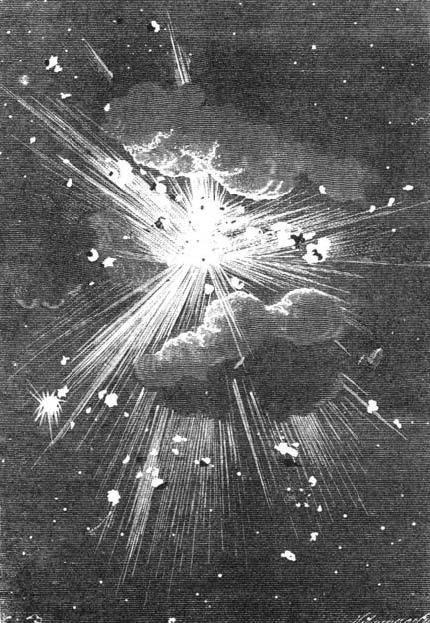A critical exploration of planetary boundaries and their meaning for the law relating to the environment
HIAS is very pleased to once again host outstanding young scholars as part of the the NetIAS call for proposals of the Constructive Advanced Thinking program (CAT – Netias – Constructive Advanced Thinking).
Climate change is spiraling out of control, cascading into ecological collapse, and severely threatening today’s societies. The consequences of climate change necessitate a transition to sustainability. One influential way of thinking about sustainability in more practical terms is the planetary boundaries framework. In the age of the Anthropocene, Earth system scientists identified several “planetary boundaries” in 2009. The concept refers to nine interacting biophysical thresholds, considered actual boundaries that must not be crossed to avoid abrupt, non-linear, potentially catastrophic, and largely unpredictable environmental and planet changes. However, seven planetary boundaries have already been transgressed. The scientists proposed a shift away from the essentially sectoral analyses of limits to growth aimed at minimizing negative externalities toward the estimation of a “safe operating space” for human development. But how can this concept of planetary boundaries be operationalized in social sciences and law?
To explore the concept’s potential in social sciences and law, the CAT team aims to highlight three key areas: Biodiversity & Climate Interactions, Health & the Environment, and Human Rights and climate litigation. For each issue, three critical reading grids of the law(s) relating to the environment, meaning different fields of international and national law that protect the environment, such as human rights law, economic law, etc., are applied, focusing on the following aspects: identification of actors, participation process and the emergence of solutions.
The interdisciplinary project (law, sociology, and philosophy of science) is motivated by a sense of urgency to react across all disciplines. The CAT framework allows the team to connect to researchers from various disciplines at the Institutes, their research communities, and other stakeholders on site (NGOs, governments, public authorities, and corporations). At the end of the project, a science comic complements academic publications and blog posts to reach a broader audience.
CAT members:
Anne Dienelt, Law, University of Hamburg
Vincent Gengnagel, Political Sociology, Europa-Universität Flensburg
Marion Lemoine-Schonne, Law, CNRS (project leader)
Camila Perruso, Law, Paul-Valéry Montpellier 3 University
Henrik Thorén, Philosophy, Lund University
Research Questions:
If planetary boundaries are conceived as incentives to act, what could be their concrete role at the national and territorial levels? To consider this, the CAT group takes an interdisciplinary perspective: how can we overcome the obstacles already encountered in the history of international relations, such as the difficulty states have in adopting common objectives on a universal scale, and implement integrated approaches in law and policy? What would be the political place of scientific knowledge production and expertise interfaces in a system of governance by quantified indicators indexed on planetary boundaries?
Planetary boundaries require a rethinking of law as we know it, nuancing anthropocentrism and also including considerations about the planet and nature. Legally, do these limits call into question legal principles and standards? Do they challenge these principles or even international environmental law and other legal systems? How and where do such challenges manifest?
Some legal and political questions thus remain unexplored: What are the concrete uses of “planetary boundaries” in the practice of legal actors? What indicators and allocation keys are legally available to decide on the sharing of this “safe and just corridor”, between environmental and social considerations?
Image Information
An illustration from Jules Verne’s novel “Around the Moon” drawn by Émile-Antoine Bayard and Alphonse de Neuville. 16 September 1872. Engraving by Henri Théophile Hildibrand.

